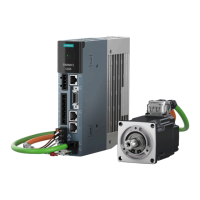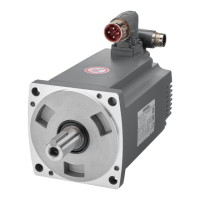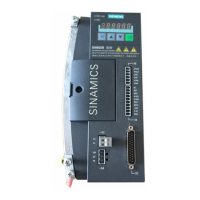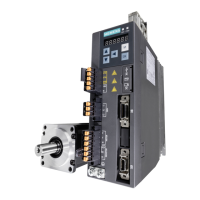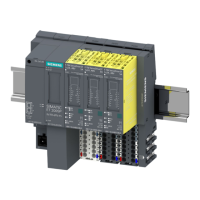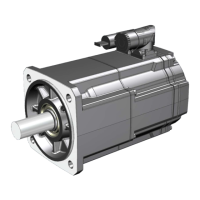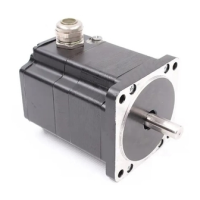4.7 Functional safety
Safety, from the perspective of the object to be protected, cannot be split-up. The causes of
hazards and, in turn, the technical measures to avoid them can vary significantly. This is why
a differentiation is made between different types of safety (e.g. by specifying the cause of
possible hazards). "Functional safety" is involved if safety depends on the correct function.
To ensure the functional safety of a machine or plant, the safety-related parts of the protection
and control devices must function correctly. In addition, the systems must behave in such a
way that either the plant remains in a safe state or it is brought into a safe state if a fault occurs.
In this case, it is necessary to use specially qualified technology that fulfills the requirements
described in the associated Standards. The requirements to implement functional safety are
based on the following basic goals:
● Avoiding systematic faults
● Controlling random faults or failures
Benchmarks for establishing whether or not a sufficient level of functional safety has been
achieved include the probability of hazardous failures, the fault tolerance, and the quality that
is to be ensured by avoiding systematic faults. This is expressed in the standards using specific
classification. In IEC/EN 61508, IEC/EN 62061 "Safety Integrity Level" (SIL) and
EN ISO 13849‑1 "Category" and "Performance Level" (PL).
Safety functions integrated in the drive
4.7 Functional safety
SINAMICS S210 servo drive system
Operating Instructions, 12/2017, A5E41702836B AA 81
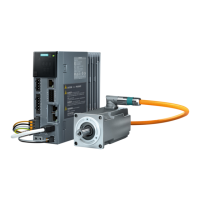
